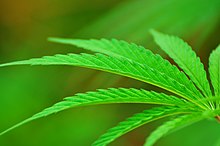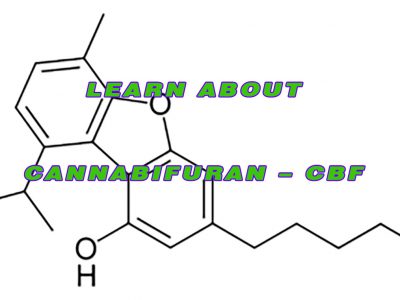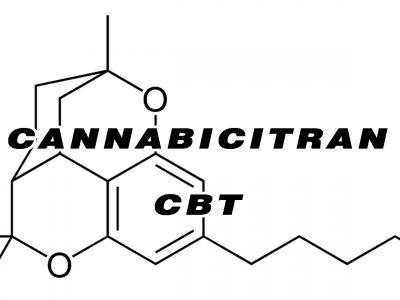Cannabicyclolic Acid (CBLA) – An Artificial Product that Converts From CBCA
For the past several years, the science and politics of marijuana is making major headline news. Even recently, Senators advise delaying cannabis bill almost for a year to first address indigenous issues.
Members of the Aboriginal peoples committee of Senate are advising the Liberal government to delay the legalizing of cannabis for around a year and to consider its potential harmful effects in other indigenous communities.
The major reason why legalization of cannabis is being delayed is because we still don’t know much about the plant.
Cannabis plant comprises of many compounds and studies to reveal the effects of each of these compounds are not yet conclusive.
Speaking of which, Cannabinoids are found in cannabis plant and contain almost 80 – 100 compound sets. Cannabis plant is distinctive and unique as they produce multiple compounds just like cannabigerol acid – CBGA – known as the grandmother of all the other cannabinoids.
Among various compounds formed by this unique plant, we know a little amount Cannabicyclolic Acid – CBLA.
What We Know About Cannabicyclolic – CBLA
 Here is the basic chemical information about CBLA.
Here is the basic chemical information about CBLA.
Cannabinoid Type: Cannabinoid
Medicinal Properties: Antitumor and Anti-inflammatory
Boiling Point in Fahrenheit: 804 ± 113
Boiling Point in Centigrade: 429 ± 45
Chemical Formula of CBLA: C22H30O4
IUPAC Name : (1aS,3aR,8bR,8cR)-8-Hydroxy-1,1,3a-trimethyl-6-pentyl-1a,2,3,3a,8b,8c-hexahydro-1H-4-oxabenzo[f]cyclobuta[cd]indene-7-carboxylic acid
As stated earlier, there is very little information available about Cannabicyclolic acid – CBLA. We know about the molecular structure of the compound and since it is a cannabinoid, the compound seems to possess similar properties.
The basic reason for lack of information is that cannabis plant produces a very little amount of it. Typically, it is one of the most stable among all the cannabinoid acids when it comes to heat. It is resistant to decarboxylation. Thus, it yields a very little amount of CBL on heating. CBLA is known to contain both anti tumor and anti inflammatory properties.
CBLA is a degradation product. This means when CBCA absorbs enough UV light, Cannabicyclolic acid is produced.
Understanding CBL Synthesis
Just like other cannabinoids present in marijuana, Cannabicyclolic also comes from another compound’s degradation. That is, CBL comes from CBC degradation, mainly due to action of light. Also when CBC is subjected to UV light or oxygen, CBL is achieved. The cannabis plant produce a small CBL-A amounts i.e. the acidic form of CBL. Indeed, it is quite challenging to decarboxylate CBL which is the most resistant cannabinoid in this process. Thus yielding the CBL (active form) form the CBL-A (acid) is very complicated.
The Future Research on CBL or CBL-A
Even though we have conclusive evidence of therapeutic properties of CBL, there is still a need for further research and focus on this compound to understand its underlying medicinal properties. We have already observed other cannabinoids that hold much greater potential and which are present in cannabis plant in abundance. While we can found many products rich in CBD, it is least likely that soon we will be seeing varieties and products, rich in CBL or CBL-A. For now we can hope, the research work advances and provide us with more insight on this compound in the near future.






